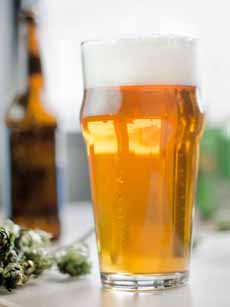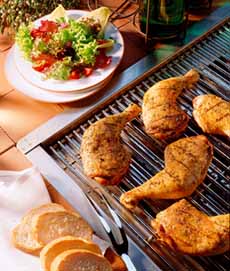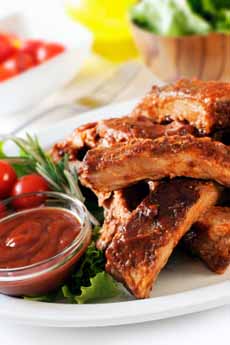FOOD HOLIDAY: National IPA Day For Craft Beer Lovers
|
|
The first Thursday in August—today—is National IPA Day, celebrating India Pale Ale, a highly-hopped style, more alcoholic beer. There’s Saison Day, Stout Day, and even Barrel-Aged Beer Day, but we guarantee none of those beers have achieved the trend status of IPA. The pale ales of the early 18th century were lightly hopped. But a need for more hops and higher alcohol evolved. In the 19th century, the British living in India drank ale from England, largely because the Indian water supply had microbes that caused digestive problems to people not raised on it. But not all beer could hold up on the long journey in the hot hold of a ship. IPAs were created to have a level of alcohol (7%-8%) and hops (which act as a preservative) to withstand the voyage of up to six months. In modern times, the transportation challenge has been eliminated and there’s plenty of bottled water for travelers abroad. But IPAs retained their popularity in the U.K. Here are details on the history of IPA. IPA wasn’t much brewed in the U.S. prior to the groundswell of the last 10 years. During this time, IPA has become the darling of American craft brewers and drinkers. In fact, craft brewers are so focused on IPA that in 2018, The Brewers Association officially established three new substyles (types) of IPA, based on how the treatment of hops creates tropical aromas and flavors. The three new styles are Juicy & Hazy Pale Ale, Juicy & Hazy IPA and Juicy & Hazy Double IPA. Here’s what defines hazy and juicy IPAs. In this year’s “Best Beers in America” poll by Zymurgy* Magazine, six of the top 10 “best beers” are IPAs. Here are the winning IPAs. If you’re a fervent IPA fan, track them down and hold your own competition. Not surprisingly, for more than a decade IPA has also reigned at the Great American Beer Festival (GABF). American-Style IPA was the most-entered category at the annual GABF competition, only to be unseated in 2018 by its sibling—a new substyle of IPA called Juicy or Hazy India Pale Ale (see the difference in the styles below). IPAs brewed in the U.S.—called American IPAs—have flavors and aromas defined by their hops. American hops have citrus-like, piney or resinous hop character. American IPAs are all about hop flavor, hop aroma and hop bitterness. Instead of floral and spicy European hops, American hops, grown in the Pacific Northwest, provide distinctively different flavor notes. There are many varieties, bred for specific flavors such as: In addition to Europe, Australia, New Zealand and other areas grow still more species of hops. Here’s more about them. Within a category even as narrow as American IPA, different styles can be achieved by using different brewing techniques, particular strains of yeast, varieties of hops, the timing of adding the hops, and adjusting the chemistry of the water, and more. Among American IPA brewers, three main styles have evolved. Although the style has become popular in the region, it need not be brewed in that region. Nor must any brewer in a particular region subscribe to a particular style. This new style introduces lactose† into the brewing process, often with the addition of a fruit and a vanilla bean. It has a lighter appearance and a thicker body—hazy like New England IPAs. The biggest difference between the two is the addition of lactose. As in any hot category, expect even more innovation coming down the pike. PLUS, if you like high-alcohol IPA, look for Double IPA from the U.K. Also called Imperial IPA, hey are a stronger, very hoppy and high-alcohol IPA style (the beers typically have alcohol content above 7.5% A.B.V.). Serve an IPA with robust food: red meat and strong cheeses. For summer, barbecue, brats and other grilled foods—including burgers and hot dogs—and antipasto plates welcome pairing with an IPA. For winter, any hearty food will do: roasts, sausages, soups, stews, etc. |
|
|
________________
*Zymurgy, also known as zymology, is the scientific study of the biochemical process of fermentation and its practical applications. Scientists focus on the fermenting of different species of yeast and bacteria, and their use in brewing, fermenting milk (buttermilk, yogurt), wine making and the production of other fermented foods. †Lactose is a non-fermentable sugar derived from milk, that adds sweetness and body to beer. It has traditionally been used as an ingredient in English-style sweet stouts, commonly referred to as milk stouts.
|
||







